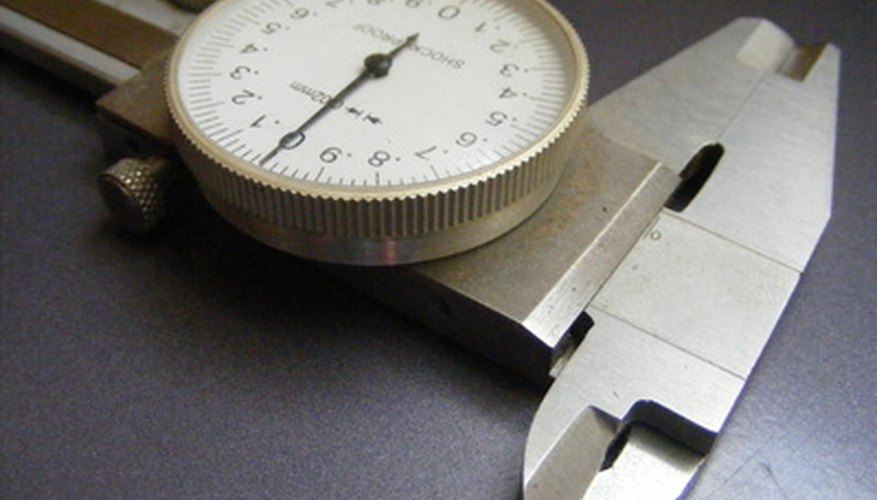Wire is made in different diameters in order to carry different amounts of electrical current. Large volumes of current, or high voltage, require thicker wires to minimise the heat build-up naturally caused by the electrons coursing through the wire. Standards for expressing size were developed by the American Society for Testing and Materials, now known as ASTM International, to provide consistency in specifying wire size for any given current requirement. These sizes are labelled as American Wire Gauge or AWG. There are other designations, but AWG is the standard. The wire gauge corresponds to the diameter of the wire without insulation. Most wire is labelled with its gauge, if not, gauge can be determined by measurement with a caliper.
- Wire is made in different diameters in order to carry different amounts of electrical current.
- Most wire is labelled with its gauge, if not, gauge can be determined by measurement with a caliper.
Use the knife or stripping tool to remove approximately 1/2 inch of insulation from the wire. Be sure to remove any sheathing paper or fibre strands so the wire is completely bare. The caliper is capable of very accurate measurements, and any interference will cause an inaccurate reading.
Open the jaws of the caliper slightly wider than the wire diameter and slowly close them until they just touch the surface of the wire. Gently rotate the caliper around the circumference of the wire while gently tightening the jaws. The idea is to insure that the jaws are flat against the surface without distortion. Note the reading in two or three places along the bare wire to insure an accurate measurement.
- Use the knife or stripping tool to remove approximately 1/2 inch of insulation from the wire.
- Note the reading in two or three places along the bare wire to insure an accurate measurement.
Consult a chart, such as one of those in the reference section, and compare the measurement to the chart listing. Read the corresponding wire gauge inline with the measurement. Some charts may be expressed in mils, one mil is 1/1,000 inch. As an example, one chart lists 1 GA wire as .289297 inches, while another lists the same gauge as 289.0 mils.
TIP
Clean all surfaces to insure accurate readings. Other, less used standards are Imperial Standard Wire Gauge (SWG) and Brown & Sharpe (B&S).
WARNING
Always cut away from your body when using the knife.
